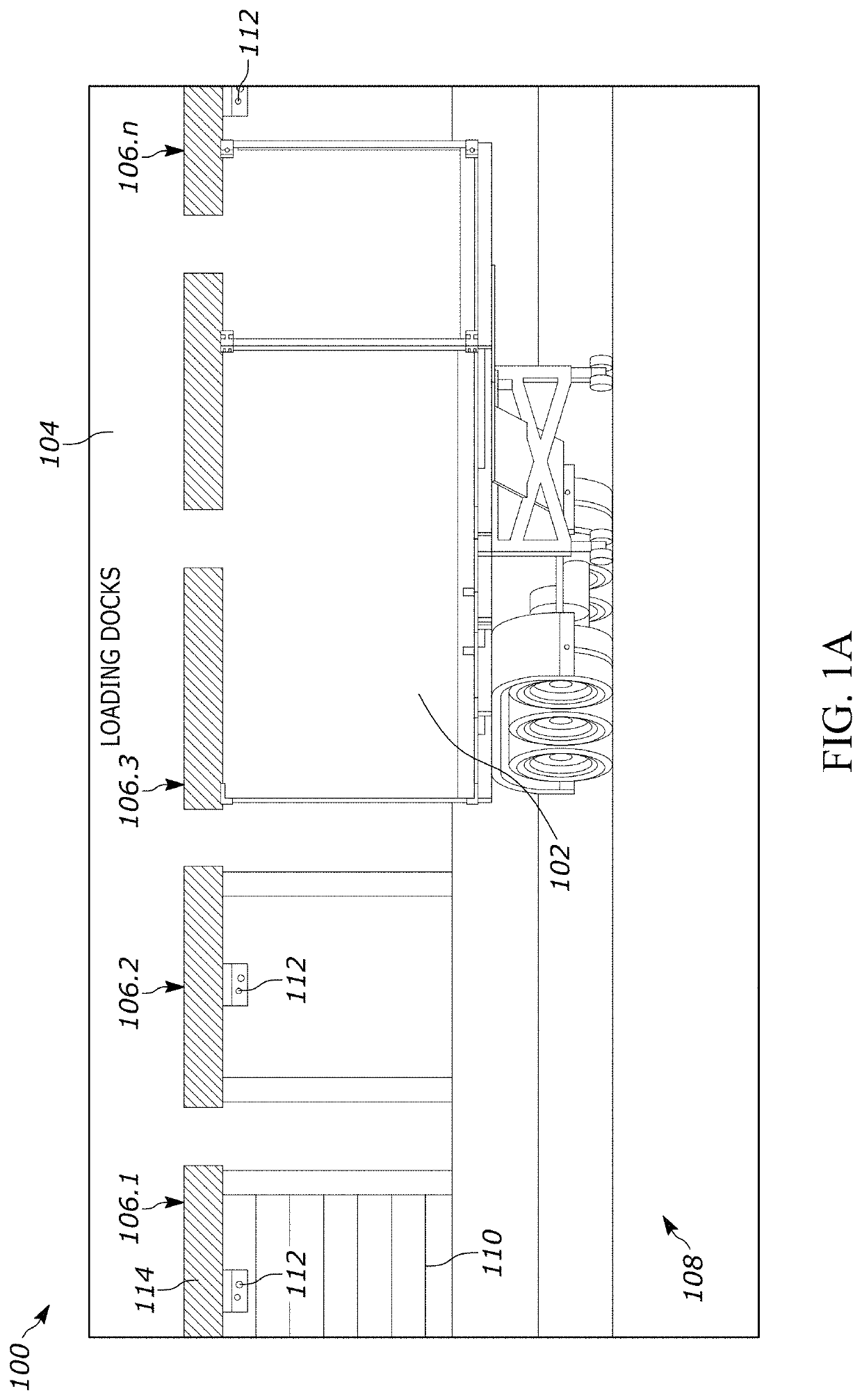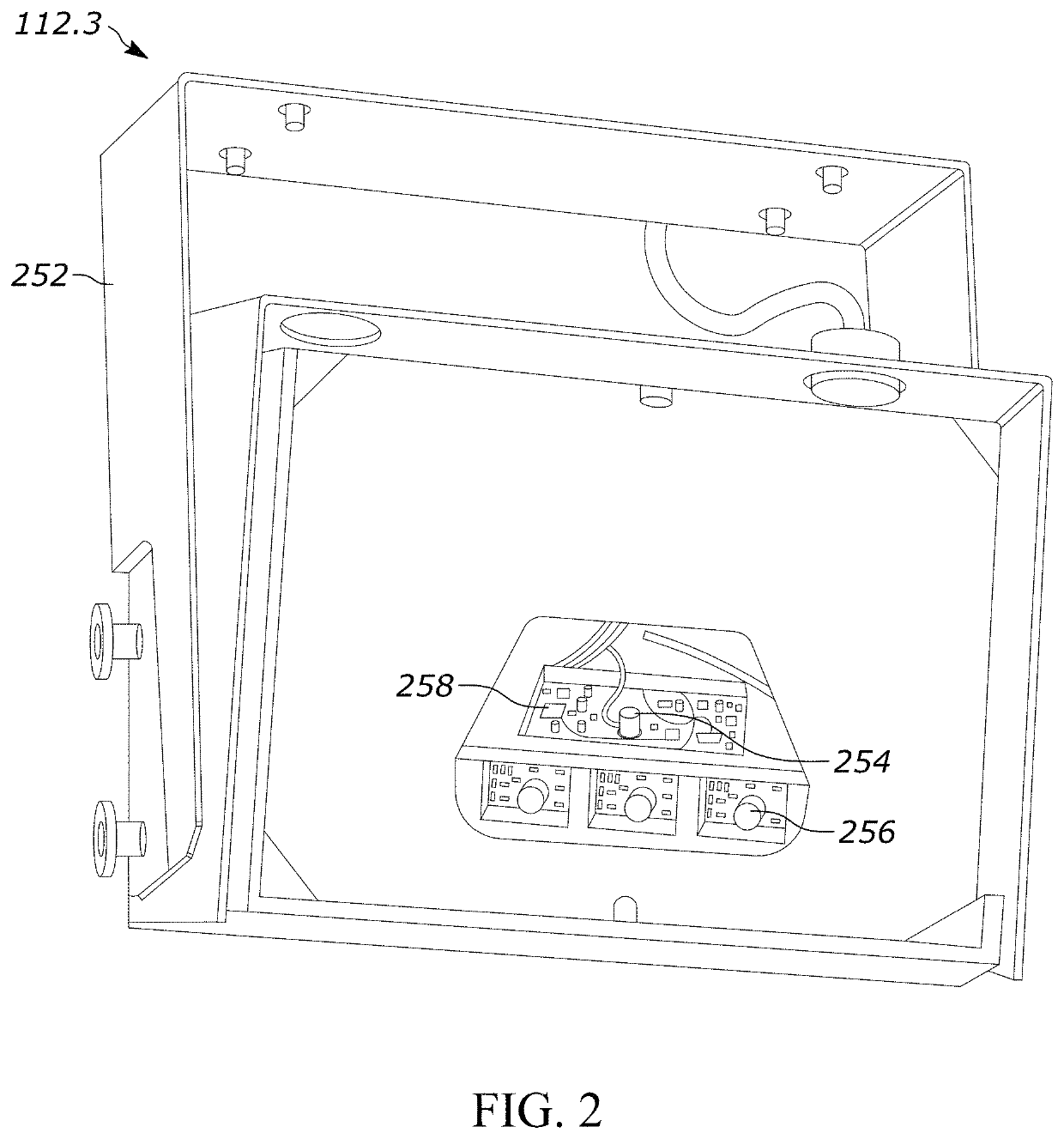Method for Detecting Trailer Status Using Combined 3D Algorithms and 2D Machine Learning Models
a trailer status and machine learning technology, applied in the field of trailer status detection using combined 3d algorithms and 2d machine learning models, can solve the problems of limiting the types of trailer statuses, and often capturing abundant noise by sensors
- Summary
- Abstract
- Description
- Claims
- Application Information
AI Technical Summary
Benefits of technology
Problems solved by technology
Method used
Image
Examples
Embodiment Construction
[0032]Generally speaking, shipping companies seek to accurately and efficiently analyze the load status of each container for which they are responsible. Many companies incorporate imaging systems to provide this analysis (e.g., trailer monitoring units (TMUs)). However, these traditional imaging systems suffer from a number of drawbacks, such as being unable to effectively determine a trailer status prior to performing load analytics.
[0033]Consequently, the methods / systems of the present disclosure provide solutions to the trailer status determination problems associated with the traditional imaging systems. Namely, a method of the present disclosure may include capturing a three-dimensional image and a two-dimensional image. The three-dimensional image may comprise three-dimensional image data, and the two-dimensional image may comprise two-dimensional image data. The method may further include determining a first trailer status based on the three-dimensional image data. The metho...
PUM
 Login to View More
Login to View More Abstract
Description
Claims
Application Information
 Login to View More
Login to View More - R&D
- Intellectual Property
- Life Sciences
- Materials
- Tech Scout
- Unparalleled Data Quality
- Higher Quality Content
- 60% Fewer Hallucinations
Browse by: Latest US Patents, China's latest patents, Technical Efficacy Thesaurus, Application Domain, Technology Topic, Popular Technical Reports.
© 2025 PatSnap. All rights reserved.Legal|Privacy policy|Modern Slavery Act Transparency Statement|Sitemap|About US| Contact US: help@patsnap.com



